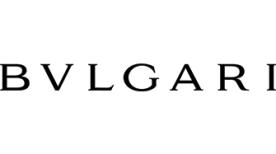Suzanne Wong: Congratulations on the new Bulgari Octo Finissimo Ultra and 10 years of the Octo! You may remember that when we spoke in Dubai just a few months ago, we said that one of the biggest challenges of working with something like the Octo is knowing when to stop. And of course now with the Octo Finissimo Ultra, it seems like we’re really at the final limit of ultra-thin watchmaking. Is there still more to push on this side?
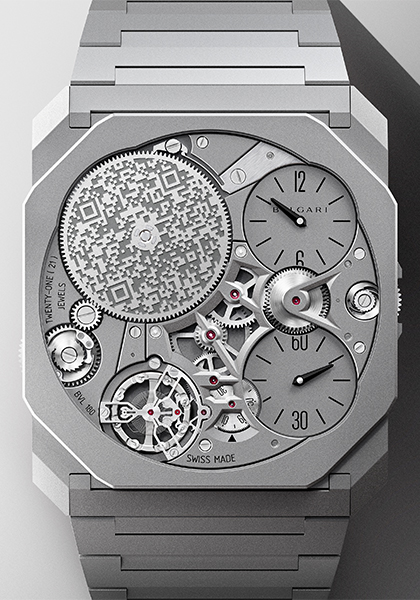
Fabrizio Buonamassa Stigliani: Honestly — as you know, because we've talked about it several times before — I'm not obsessed by records. They're good to have, because they give us a way to discover our limits. And once the limits are defined, you are able to imagine ways to go beyond them. I love to play with constraints in this way. The limit here is the thickness of a mechanical watch. We had to find a way to focus and revolve around this topic, and the constraints imposed on us, and to turn it into an opportunity.
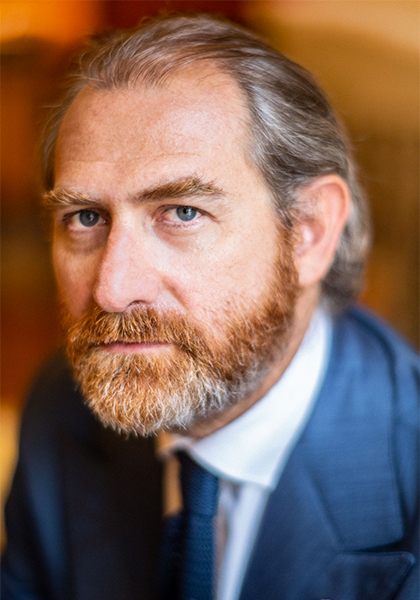
This is exactly how we started with the Ultra. The construction itself was not that unusual — a round movement with an octagonal outer profile, and all the most important elements in the middle, the part we consider the dial. It's what we are all familiar with. My immediate reaction was, "Guys, I'm not interested in this kind of approach. It's a bit common. We have so much more empty space that we can exploit. Instead of having the barrel here, why not push outwards and put it here? Why don't we change the rules of movement making, why don't we find a new balance between what is possible with the case and the movement?"
I wanted the mechanics and the aesthetics to become one.
SW: You wanted to push not only the design, but the entire concept of what a watch is.
FBS: Yes, because as far as I'm concerned, it's difficult to push things just on the design side. The design is the concept. You might say that design is rather a consequence of the concept, but if you don't have a clear idea in mind, it's impossible to make a good design. Good design comes about when you have a very clean and pure idea. If you see what you are, what your aims are, you can then make the design. At this point, the biggest constraint we faced was how to change our traditional watchmaking mindset so we could break out of some conventions.
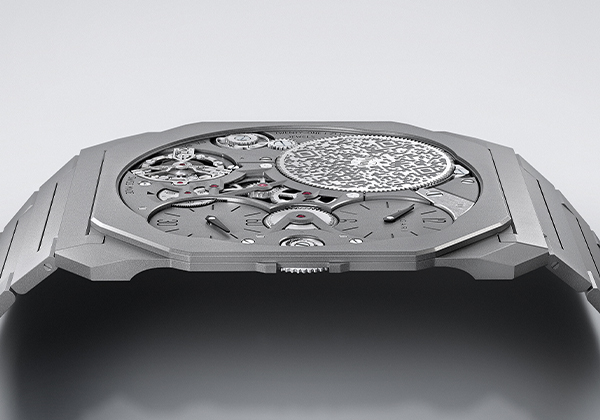
SW: The conventions of what we think is possible, what can be put where and so on.
FBS: Exactly; this is how we can do it. Forget about the round shape. Forget the octagon. I want to have a dial that breaks the common geometries of watchmaking. And this was exciting for everyone. We had an amazing response internally — "Yes, we can do this, we can do that, yes and yes" — so now we have to find a way to do it.
I'm telling you, honestly, it was crazy. I wish I could show you the moment I discovered that we could make the watch in exactly this way. I saw all the necessary components there in the layout: the barrel, the bridges, the balance, the wheels, the square, the circle. I said, "Guys, we really have something here."
So, I left my sketch with the watch masters. "See you next week."
It was quite a lot of pressure on them, because every time we met I was trying to challenge and change their perceptions of watchmaking. I would say things like, "Why are you doing things this way? We have such an amazing opportunity for innovation here. I know we need this wheel, but can't we try to do things differently?”
SW: That's not easy, to get engineers to think out of the box.
FBS: Not at all, but if we are talking about an ultra-thin watch, we are talking about reducing the number of components. And in order to do this in the most optimal way, each component must be able to do multiple things, because there is no space for components that only have one purpose. Like I said before, this is how we discover our absolute limits and constraints. And in those constraints and limits, I see always an opportunity. It's not a jail; I don't feel trapped by these limits. I see possibility.

SW: I'm reminded of something we've discussed quite a lot in the past — the importance of practicing restraint and introducing a kind of tension into a watch design. It's that perceived tension that attracts people to a watch, rather than having a visual overload.
FBS: Exactly. This was the base idea, to have all these elements and multiple layers of construction. The problem with ultra-thin watches is that things can look very squeezed, and almost suffocated, which is not a great effect to have.
Here in the Octo Finissimo Ultra, when you look at it straight on, at the dial, it has the same three-dimensionality that you would get in any other watch. Wheels, bridges, layers and all this. And when you turn the watch to the side, you realise that there is almost no physical depth to this watch and you get this feeling — "Wait, sorry, what just happened? Where's the back of this watch? Am I in some kind of MC Escher world?"
I love this, because it's very interesting for another part of this watch, which is the barrel with the engraved QR code. We saw that the barrel was going to be the biggest element visible on the dial, so we started discussing, and I said, "Guys, we need to have a specific texture and finish here on the barrel, because otherwise this huge component will cannibalise all the attention. What can we do? Can we skeletonise the barrel?"
They came back to say, "No, Fabrizio, we absolutely cannot, because the barrel and the dial crystal are so close that if we have an openworked barrel, the oils would transfer onto the glass and it's going to be impossible to manage it."
Then I said, "Let's engrave the barrel with the names of everyone involved in the watch," and that wasn't possible either, because we didn't have the necessary thickness for it. And because I'm always looking for a way to bring meaning to a watch, that's when it occurred to me to put the QR code on the barrel. It's made of square elements, the QR code, and the Octo is filled with all these 45-degree angles that are very geometric; I'm always reminded of the pixel design of the Space Invaders video game.
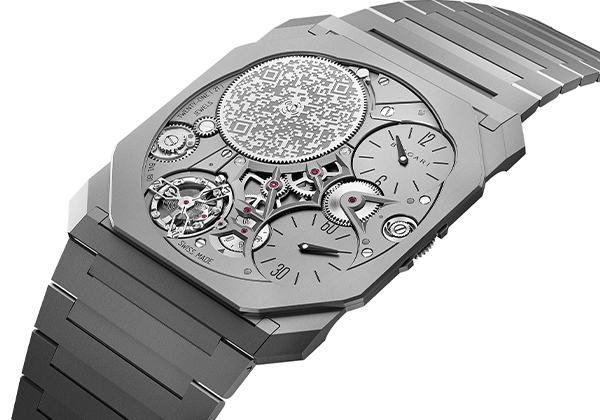
And when you scan the QR code, you're taken into the digital dimension. The watch is an ultra-thin watch; in this watch the third dimension is nearly intangible. And we have replaced it with the digital dimension. This watch is now a gate, like the door of our boutique on Via dei Condotti. When you enter, you are in the world of Bulgari. When you look at the Octo Finissimo Ultra, you can enter this same world.
SW: You can see the door to the Rome boutique with your physical eye, but with the Octo Finissimo Ultra, you use an electronic eye, your phone camera, to pass through this door. It's literally a different way of looking at Bulgari.
FBS: Exactly. This is the moment we enter the Bulgari metaverse. We are bombarded with different meanings and inspirations all the time, everyone talks about the metaverse as if it's something that we understand. I said to myself, the QR code is a gate. It allows you to pass from one side to another. It is both an end and a beginning. And so it is the same with the Octo Finissimo Ultra. This world record, it's the last word in ultra-thin. And it's our first sentence in the story of the Bulgari metaverse. In it, we find new journeys, new challenges and new constraints.

